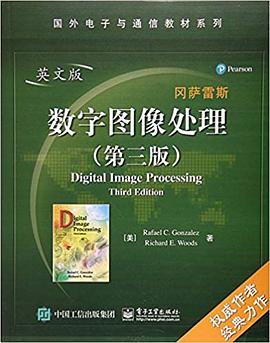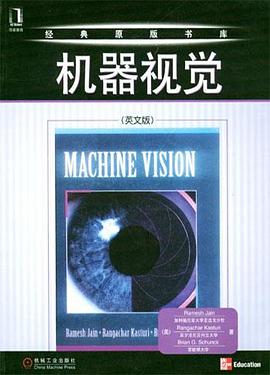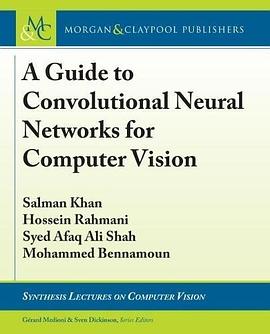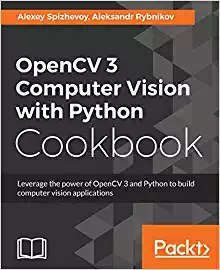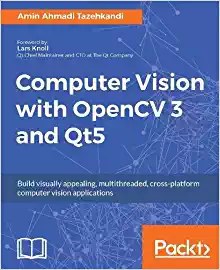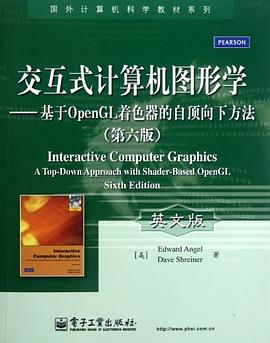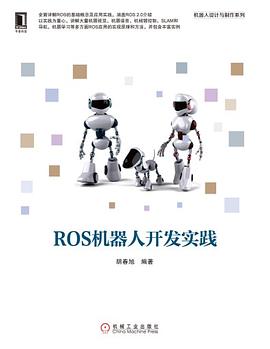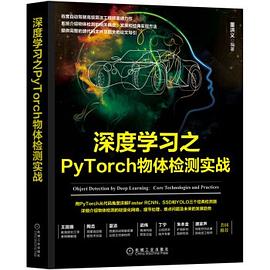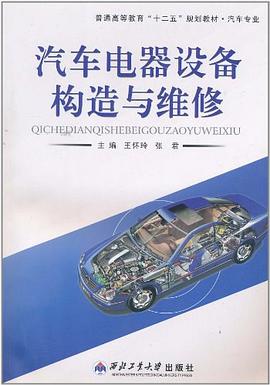Preface
Acknowledgments
The Book Web Site
About the Authors
1Introduction
1.1What Is Digital Image Processing?
1.2The Origins of Digital Image Processing
1.3Examples of Fields that Use Digital Image Processing
1.3.1 Gamma—Ray Imaging
1.3.2 X—Ray Imaging
1.3.3 Imaging in the Ultraviolet Band
1.3.4 Imaging in the Visible and Infrared Bands
1.3.5 Imaging in the Microwave Band
1.3.6 Imaging in the Radio Band
1.3.7 Examples in which Other Imaging Modalities Are Used
1.4Fundamental Steps in Digitallmage Processing
1.5Components of an Image Processing System
Summary
References and Further Reading
2 Digital Image Fundamentals
2.1Elements of Visual Perception
2.1.1 Structure of the Human Eye
2.1.2 Image Formahon in the Eye
2.1.3 Brightness Adaptation and Discrimination
2.2Light and the Electromagnetic Spectrum
2.3Image Sensing and Acquisition
2.3.1 Image Acquisition Using a Single Sensor
2.3.2 Image Acquisition Using Sensor Strips
2.3.3 Image Acquisition Using Sensor Arrays
2.3.4 A Simple Image Formation Model
2.4Image Sampling and Quantization
2.4.1 Basic Concepts in Sampling and Quantization
2.4.2 Representing Digital Images
2.4.3 Spatial and Intensity Resolution
2.4.4 Image Interpolation
2.5 Some Basic Relationships between Pixels
2.5.1 Neighbors of a Pixel
2.5.2 Adjacency,Connectivity,Regions,and Boundaries
2.5.3 Distance Measures
2.6 An Introduchon to the Mathematical Tools Used in Digitallmage Processing
2.6.1 Array versus Matrix Operations
2.6.2 Linear versus Nonlinear Operations
2.6.3 Arithmetic Operations
2.6.4 Set and Logical Operations
2.6.5 Spatial Operahons
2.6.6 Vector and Matrix Operations
2.6.7 Image Transforms
2.6.8 Probabilistic Methods
Summary
References and Further Reading
Problems
3 Intensity Transformations and Spatial Filtering
3.1 Background
3.1.1 The Basics of Intensity Transformations and Spatial Filtering
3.1.2 About the Examplesy in This Chapter
3.2 Some Basic Intensity Transformahon Functions
3.2.1 Image Negahves
3,2.2 Log Transformahons
3.2.3 Power—Law (Gamma) Transformations
3.2.4 Piecewise—Linear Transformation Functions
3.3 Histogram Processing
3.3.1 Histogram Equalization
3.3.2 Histogram Matching(Speaficahon)
3.3.3 Local Histogram Processing
3.3.4 Using Histogram Statistics for Image Enhancement
3.4 Fundamentals of Spatial Filtering
3.4.1 The Mechanics of Spahal Filtering
3.4.2 Spatial Correlation and Convolution
3.4.3 Vector Representation of Linear Filtering
3.4.4 Generating Spatial Filter Masks
3.5 Smoothing Spatial Filters
3.5.1 Smoothing Linear Filters
3.5.2 Order—Statistic (Nonlinear) Filters
3.6 Sharperung Spatial Filters
3.6.1 Foundation
3.6.2 Using the Second Derivative for Image Sharpening—The Laplacian
3.6.3 Unsharp Masking and Highboost Filtering
3.6.4 Using First—Order Derivatives for (Nonlinear) Image
Sharpening—The Gradient
3.7 Combining Spatial Enhancement Methods
3.8 Using Fuzzy Techniques for Intensity Transformations and Spatial Filtering
3.8.1 Introduction
3.8.2 Principles of Fuzzy Set Theory
3.8.3 Using Fuzzy Sets
3.8.4 Using Fuzzy Sets for Intensity Transformations
3.8.5 Using Fuzzy Sets for Spatial Filtering Summary
References and Further Reading
Problems
4 Filtering in the Frequency Domain
4.1 Background
4.1.1 A Brief History of the Fourier Series and Transform
4.1.2 About the Examples in this Chapter
4.2 Preliminary Concepts
4.2.1 Complex Numbers
4.2.2 Fourier Series
4.2.3 Impulses and Their Sifting Property
4.2.4 The Fourier Transform of Functions of One Continuous Variable
4.2.5 Convolution
4.3 Sampling and the FourierTransform of Sampled Functions
4.3.1 Sampling
4.3.2 The Fourier Transform of Sampled Functions
4.3.3 The Sampling Theorem
4.3.4 Aliasing
4.3.5 Function Reconstruction (Recovery) from Sampled Data
4.4 The Discrete Fourier Transform (DFT) of One Variable
4.4.1 Obtairung the DFT from the Continuous Transform of a Sampled Function
4.4.2 Relationship Between the Sampling and Frequency Intervals
4.5 Extension to Functions of Two Variables
4.5.1 The 2—DImpulse andlts Sifting Property
4.5.2 The 2—D Continuous Fourier Transform Pair
4.5.3 Two—Dimensional Sampling and the 2—D Sampling Theorem
4.5.4 Aliasing in Images
4.5.5 The 2—D Discrete Fourier Transform and Its Inverse
4.6 Some Properties of the 2—D Discrete Fourier Transform
4.6.1 Relationships Between Spatial and Frequency Intervals
4.6.2 Translahon and Rotation
4.6,3 Periodiaty
4.6.4 Symmetry Properties
4.6.5 Fourier Spectrum and Phase Angle
4.6.6 The 2—D Convolution Theorem
4.6.7 Summary of 2—D Discrete Fourier Transform Properties
4.7 The Basics of Filteringin the Frequency Domain
4.7.1 Additional Characteristics of the Frequency Domain
4.7.2 Frequency Domain Filtering Fundamentals
4.7.3 Summary of Steps for Filteringin the Frequency Domain
4.7.4 Correspondence Between Filtering in the Spatial and Frequency Domains
4.8 Image Smoothing Using Frequency Domain Filters
4.8.1 Ideal Lowpass Filters
4.8.2 Butterworth Lowpass Filters
4.8.3 Gaussian Lowpass Filters
4.8.4 Additional Examples of Lowpass Filtering
4.9 Image Sharpening Using Frequency Domain Filters
4.9.1 Ideal Highpass Filters
4.9.2 Butterworth Highpass Filters
4.9.3 Gaussian Highpass Filters
4.9.4 The Laplacian in the Frequency Domain
4.9.5 Unsharp Masking,Highboost Filtering, and High—Frequency— Emphasis Filtering
4.9.6 Homomorphic Filtering
4.10 Selective Filtering
4.10.1 Bandreject and Bandpass Filters
4.10.2 Notch Filters
4.11 Implementation
4.11.1 Separability of the 2—D DFT
4.11.2 Computing the IDFT Using a DFT Algorithm
4.11.3 The Fast Fourier Transform (FFT)
4.11.4 Some Comments on Filter Design
Summary
References and Further Reading
Problems
5 Image Restoration and Reconstruction
5.1 A Model of the Image Degradation/Restoration Process
5.2 Noise Models
5.2.1 Spatial and Frequency Properhes of Noise
5.2.2 Somelmportant Noise Probability Density Functions
5.2.3 Periodic Noise
5.2.4 Estimation of Noise Parameters
5.3 Restorationin the Presence of Noise Only—SpatialFiltering
5.3.1 Mean Filters
5.3.2 Order—Statistic Filters
5.3.3 Adaptive Filters
5.4 Periodic Noise Reduction by Frequency Domain Filtering
5.4.1 Bandreject Filters
5.4.2 Bandpass Filters
5.4.3 Notch Filters
5.4.4 Optimum Notch Filtering
5.5 Linear,Position—Invariant Degradations
5.6 Estimating the Degradation Function
5.6.1 Estimationby Image Observation
5.6.2 Estimation by Experimentation
5.6.3 Eshmation by Modeling
5.7 Inverse Filtering
5.8 Minimum Mean Square Error (Wiener) Filtering
5.9 Constrained Least Squares Filtering
5.10 Geometric Mean Filter
5.11 Image Reconstruction from Projections
5.11.1 Introduction
5.11.2 Principles ofComputed Tomography (CT)
5.11.3 Projections and the Radon Transform
5.11.4 The Fourier—Slice Theorem
5.11.5 Reconstruction Using Parallel—Beam Filtered Backprojections
5.11.6 Reconstruction Using Fan—Beam Filtered Backprojections Summary
References and Further Reading
Problems
……
6Color Image Processing
7Wavelets and Multiresolution Processing
8Image Compression
9Morphological Image Processing
10Image Segmentation
11Representation and Description
12Object Recognition
· · · · · · (
收起)
